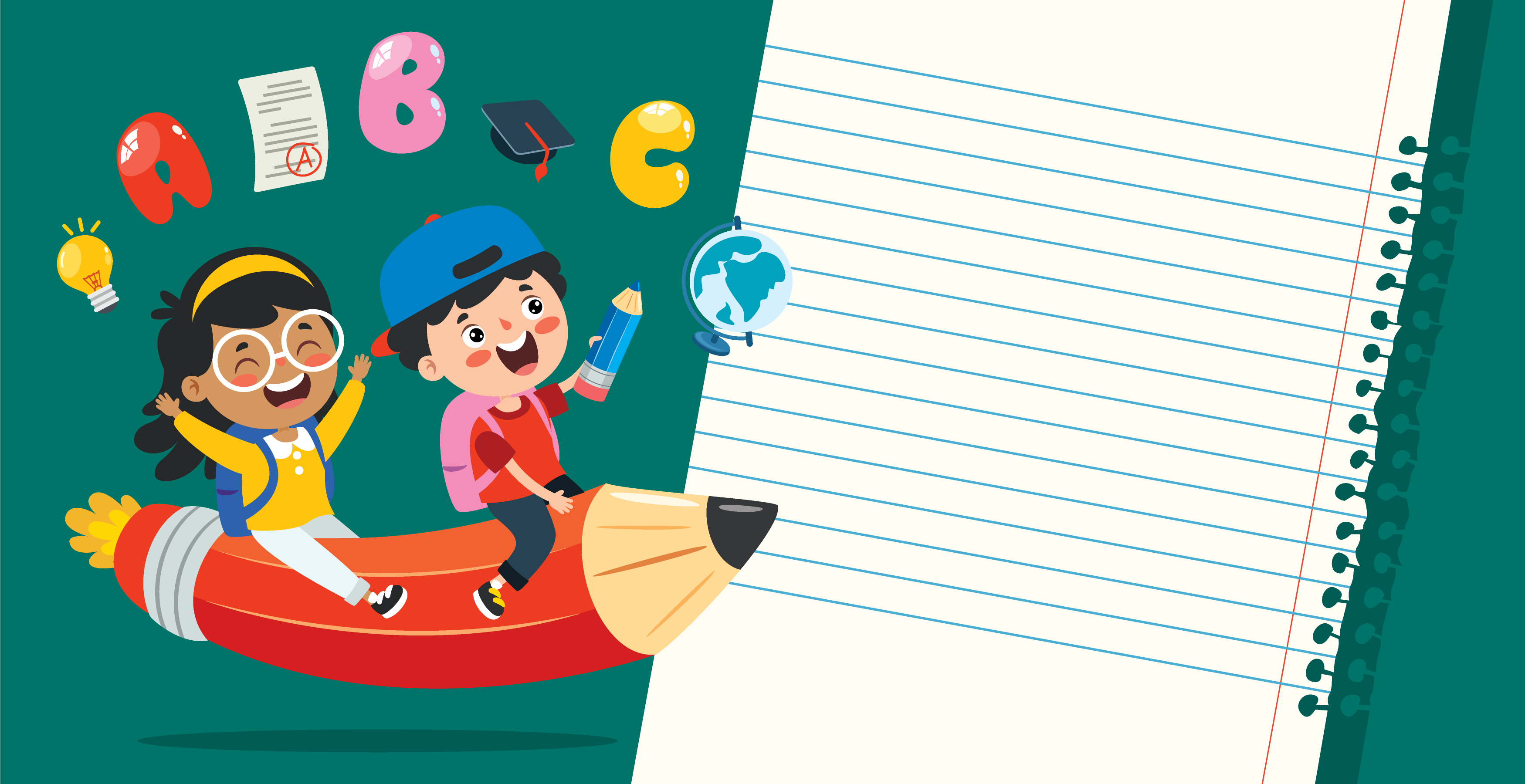Hand-eye Coordination Reading Worksheets for Ages 6-9
6 filtered results
-
From - To
Boost your child’s learning with our engaging Hand-eye Coordination Reading Worksheets for ages 6-9! Designed to enhance essential reading skills, these worksheets combine fun activities with interactive exercises that promote coordination through visual tracking and fine motor skills. Each worksheet utilizes captivating illustrations and age-appropriate texts to keep young learners motivated and focused. Ideal for home or classroom use, our resources help develop confidence in reading while strengthening hand-eye coordination. Explore our collection today to provide your child with the tools needed for successful learning, ensuring they build critical skills while having fun! Perfect for preschool, kindergarten, and early elementary education settings.
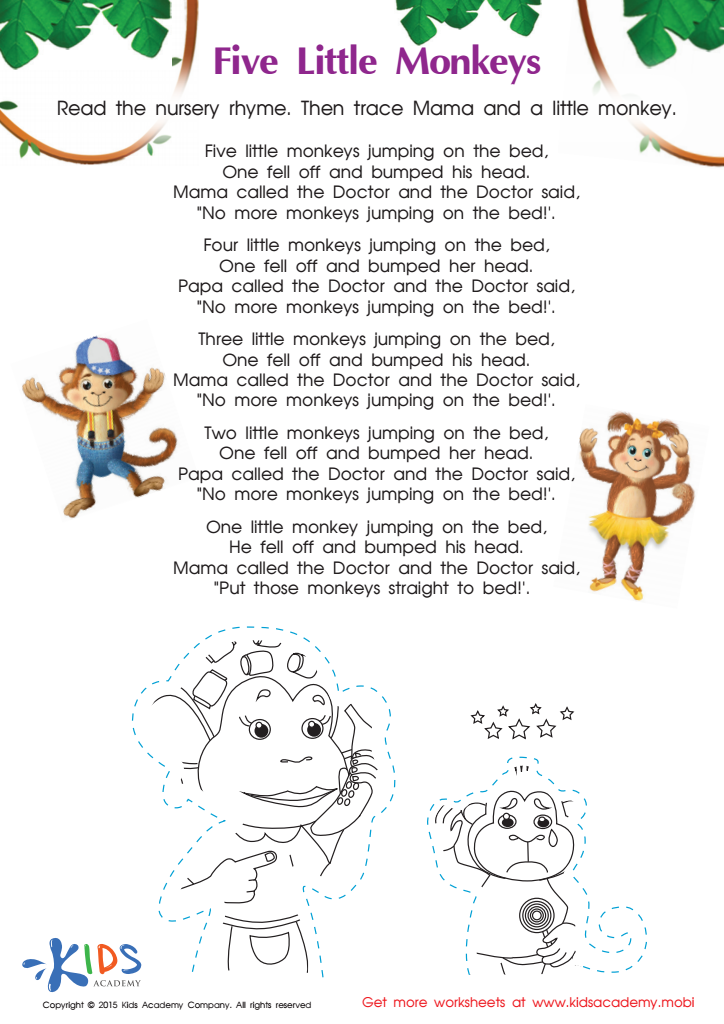

The Five Little Monkeys Nursery Rhyme Worksheet


Long and Short U Worksheet
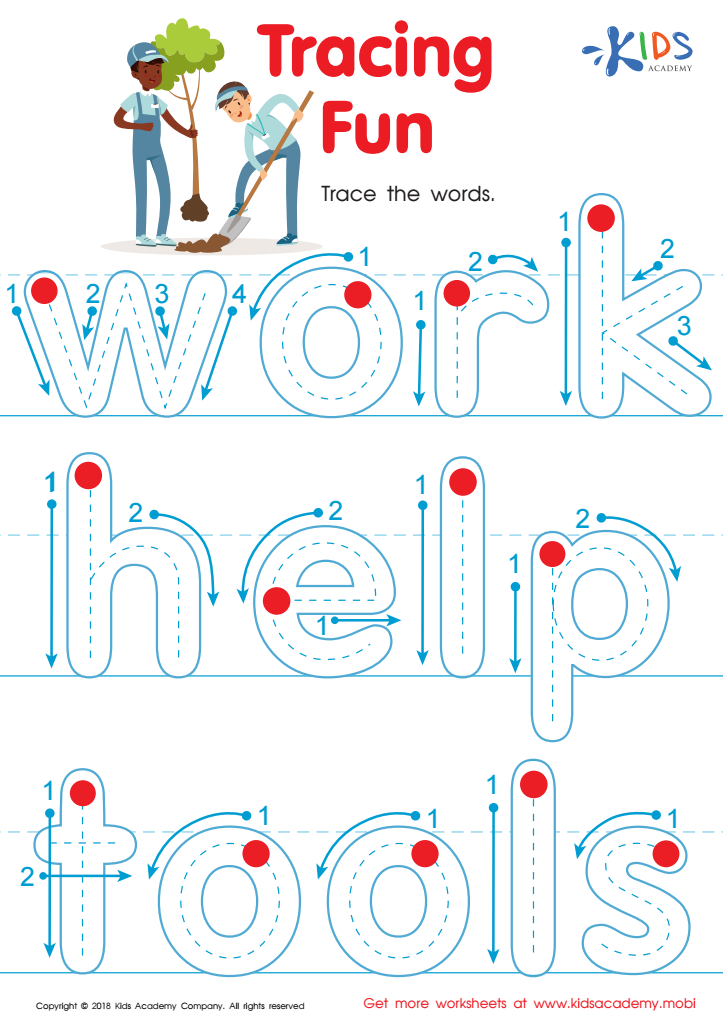

Tracing Fun Worksheet
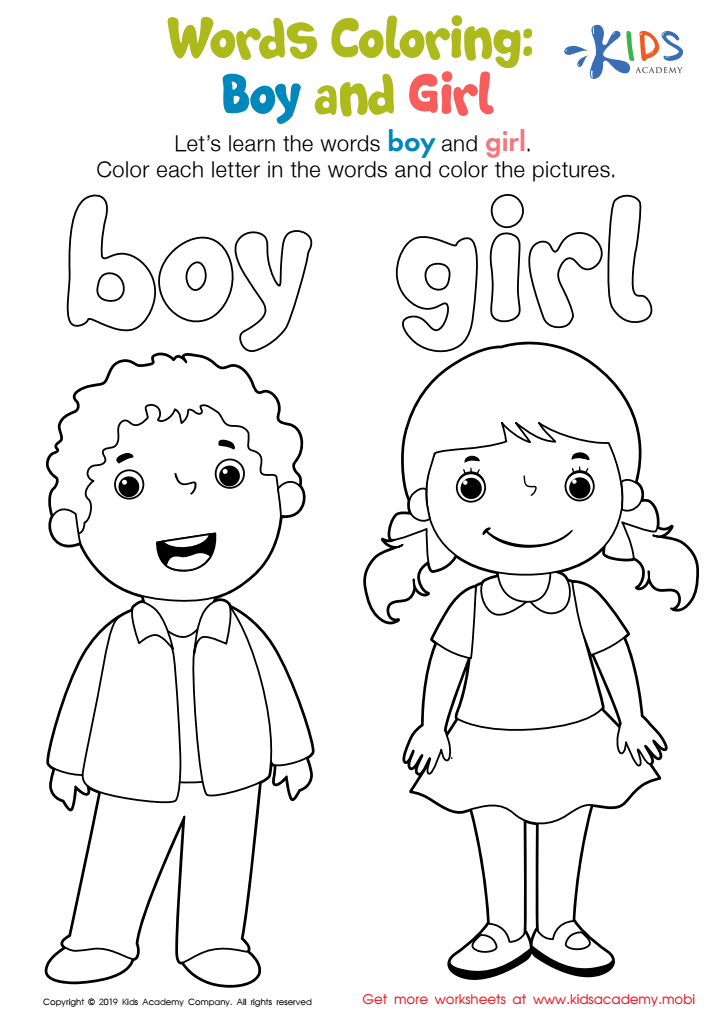

Boy and Girl Words Coloring Worksheet
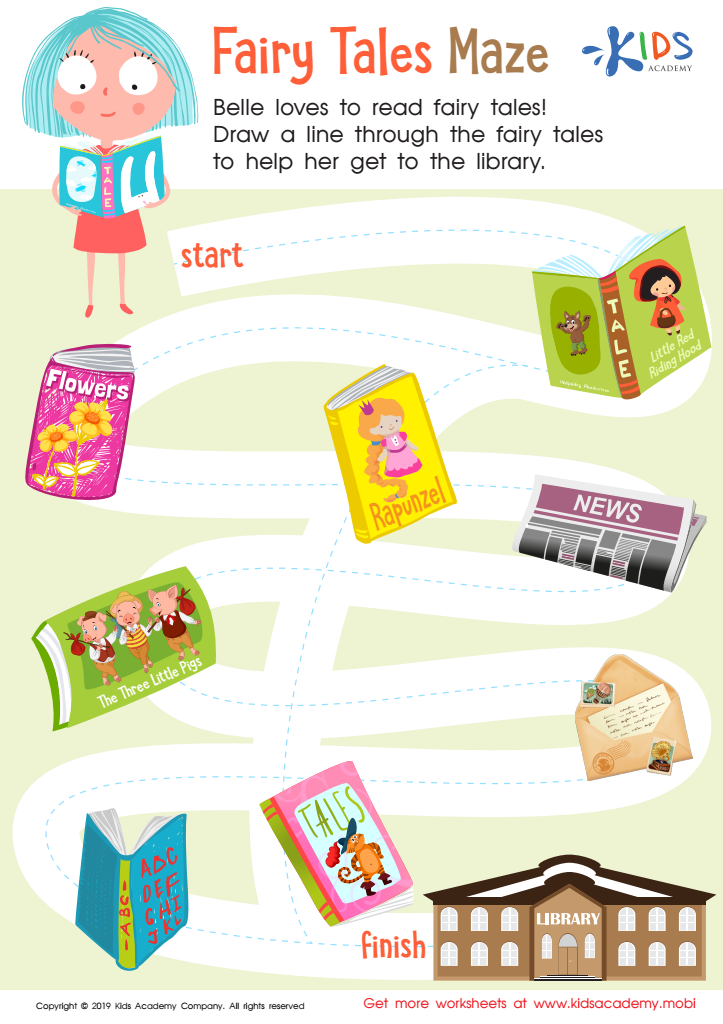

Fairy Tales Maze Worksheet


Long and Short E Worksheet
Hand-eye coordination is a critical skill for children aged 6-9 as it directly impacts their reading abilities, learning experiences, and overall development. For parents and teachers, fostering this skill is essential for several key reasons.
Firstly, hand-eye coordination aids in the ability to track text smoothly across a page. This skill is vital for reading fluency, allowing children to recognize words quickly and effortlessly. Improved coordination also enhances fine motor skills, which are needed for writing and other academic tasks, such as drawing or completing projects.
Moreover, engaging activities that promote hand-eye coordination—like puzzles, ball games, or crafts—create opportunities for active learning. These activities can improve focus and cognitive skills while making learning fun and enjoyable. As children grasp coordination concepts, they feel a sense of achievement, boosting their confidence and motivation.
Lastly, good hand-eye coordination contributes to emotional development. It fosters patience, perseverance, and concentration, attributes vital for a successful learning journey. For these reasons, emphasizing hand-eye coordination reading in children helps set a solid foundation for their language skills and encourages overall growth during these formative years. Ensuring children develop these skills will prepare them for future academic challenges and lifelong learning.
 Assign to My Students
Assign to My Students



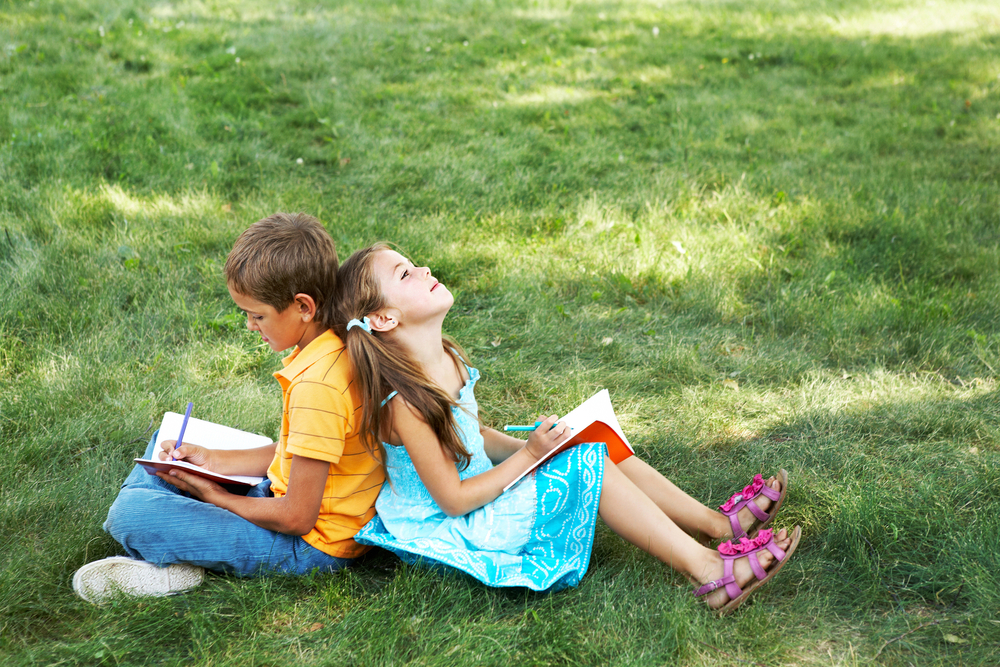
.jpg)

